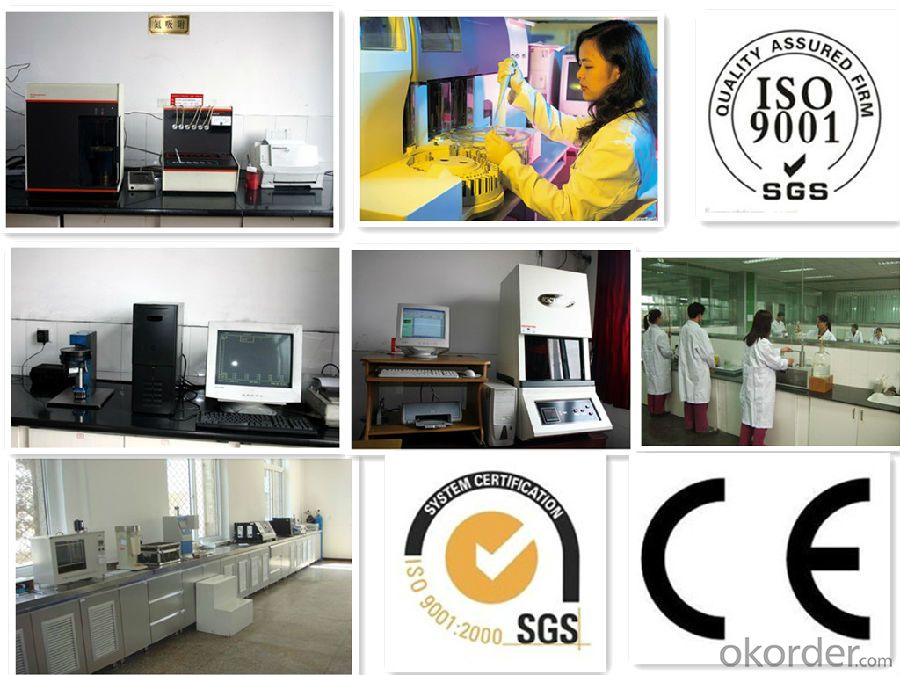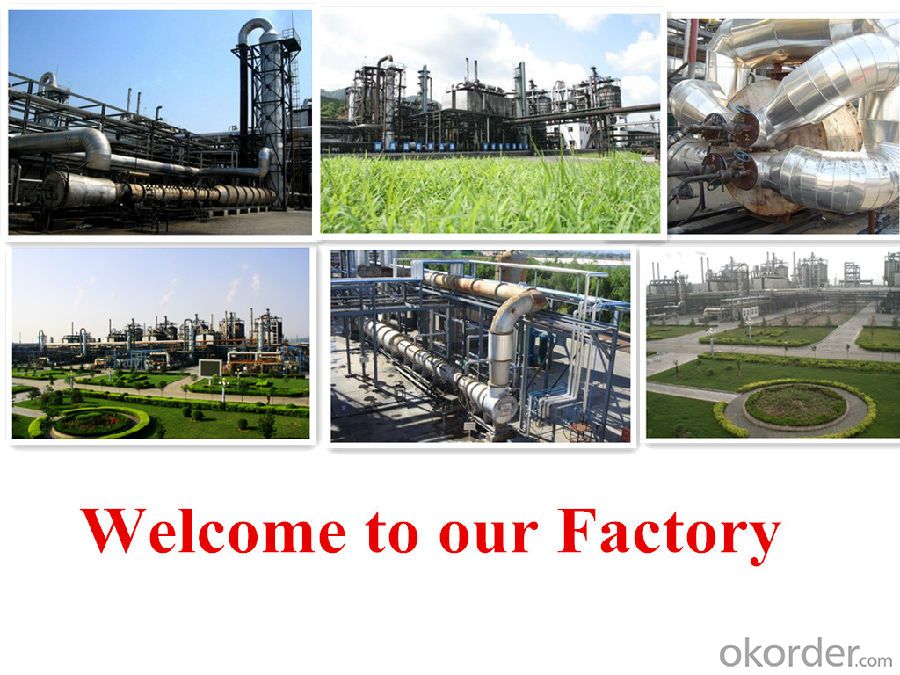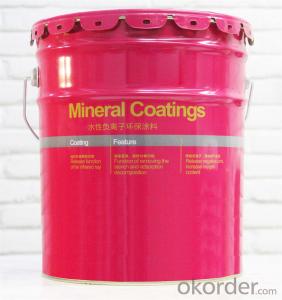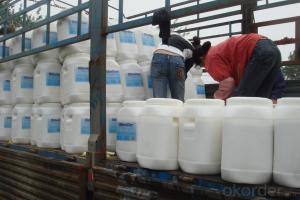Conductive Carbon Black SCF(Granule)
- Loading Port:
- Tianjin
- Payment Terms:
- TT OR LC
- Min Order Qty:
- -
- Supply Capability:
- 10000MT m.t./month
OKorder Service Pledge
OKorder Financial Service
You Might Also Like
Conductive Carbon Black SCF(Granule)
Product Description:
Conductive Carbon Black SCF:
1. Usage : conductive rubber, plastic, radio conductive elements etc.;
2.Product Status: Black granular;
3.Standard: ISO 9001:2000
Suggest for Use:
This product has the low resistance or high resistance performance characteristics, can gift products conductive or anti-static function. Its characteristic is small particle size, specific surface area is large and rough, the structure is high, the surface clean (compounds less), etc.
USES: used for different products, such as conductive rubber, plastic, radio conductive elements etc.
TDS of the Conductive Carbon Black:
Items | Unit | Index Granule | Powder | |
Dubigeon(cm3/g) | cm3/g | 3.5-4.0 | 4.0-5.0 | |
Resistivity(Ω·m)≤ | Ω·m | 1.2-1.8 | 1.0-1.5 | |
PH |
| 7-8 | 7-8 | |
purity(%)≥ | % | 100 | 99.8 | |
Oil Absorption(ml/100g) | ml/100g | 220 | 200 | |
Iodine Absorption(㎡/g) | (㎡/g) | 500 | 500 | |
Heating loss%≤ | % | 1.0-1.3 | 1.0-1.3 | |
Ash %≤ | % | 1.5-2.0 | 1.5-2.0 | |
Semolina %≤ | % | 0.2 | 0 | |
Hydrochloric acid to absorb ml/g≥ | ml/g | 3.0 | 3.0 | |
Safety:
As a matter of good industrial hygiene, gloves and safety glasses with side shields or better eye protection should be worn when handing Carbon Black , For more information, refer to the MSDS.



- Q:Chemical reaction plus catalyst on the △ H no effect
- Since the catalyst only acts to reduce the activation energy of the reaction and accelerate the reaction rate, it does not participate in the reaction, so that the energy difference between the product and the reactant is not affected,
- Q:What is the reaction of hydrogen peroxide to add manganese dioxide?
- This problem is not easy to answer, the principle of manganese dioxide catalytic hydrogen peroxide I have not learned, but I have also considered, I think so, hydrogen peroxide and manganese dioxide first combination, the formation of permanganic acid, permanganic acid is a Very special acid is indeed present, it can not be stable under normal conditions, it will be further decomposition, the formation of manganese dioxide, oxygen and water
- Q:What is the difference between biological and chemical catalysts?
- Biological catalysis involves an enzyme usually working in conjunction with a co-enzyme. These enzyme/co-enzyme systems are highly specific and are usually only effective for one reaction. Catalysis of non biological reactions is usually much more general and any one catalyst will be effective in many reactions.
- Q:CO and NO react under the action of a catalyst to generate chemical formulas for CO2 and N2.
- C from +2 to +4 price 2e * 2
- Q:Pls help me define a catalyst.?
- A substance which speeds up or slows down a reaction without taking part in it.
- Q:How the catalyst accelerates the chemical reaction
- The effect of the catalyst on the rate of reaction and the effect of temperature on the reaction rate is fundamentally different. The catalyst can change the route of the reaction, reduce the activation energy of the reaction, increase the percentage of activated molecules in the reactants and increase the reaction rate.
- Q:Why does the chemical and chemical properties change before and after the reaction?
- The catalyst will induce chemical reactions to change, leaving the chemical reaction faster or in a lower temperature environment for chemical reactions.
- Q:Why are catalysts so effective in small amounts?
- By definition, catalysts serve to accelerate certain chemical reactions, by lowering the activation energy required for them to proceed. They are not consumed by the reaction, which is why they are effective in small amounts.
- Q:What is a catalyst?
- In industrial production, the large amount of catalyst used frequently, the catalyst that does not change theoretically may sometimes change into another substance, which is the so-called poison of catalyst,
- Q:The addition of the catalyst has no effect on the chemical equilibrium of the movement
- Factors that affect the chemical balance of movement are mainly concentration, temperature, pressure and so on.
1. Manufacturer Overview |
|
|---|---|
| Location | |
| Year Established | |
| Annual Output Value | |
| Main Markets | |
| Company Certifications | |
2. Manufacturer Certificates |
|
|---|---|
| a) Certification Name | |
| Range | |
| Reference | |
| Validity Period | |
3. Manufacturer Capability |
|
|---|---|
| a)Trade Capacity | |
| Nearest Port | |
| Export Percentage | |
| No.of Employees in Trade Department | |
| Language Spoken: | |
| b)Factory Information | |
| Factory Size: | |
| No. of Production Lines | |
| Contract Manufacturing | |
| Product Price Range | |
Send your message to us
Conductive Carbon Black SCF(Granule)
- Loading Port:
- Tianjin
- Payment Terms:
- TT OR LC
- Min Order Qty:
- -
- Supply Capability:
- 10000MT m.t./month
OKorder Service Pledge
OKorder Financial Service
Similar products
New products
Hot products
Related keywords


























